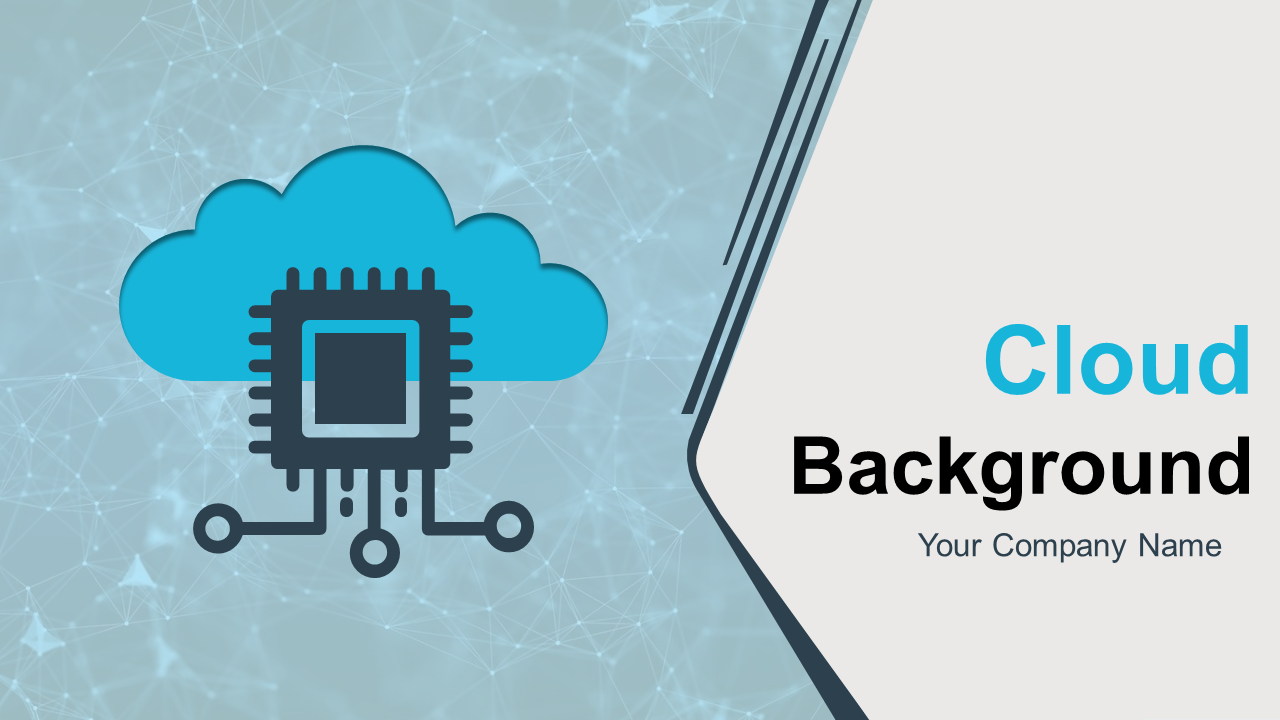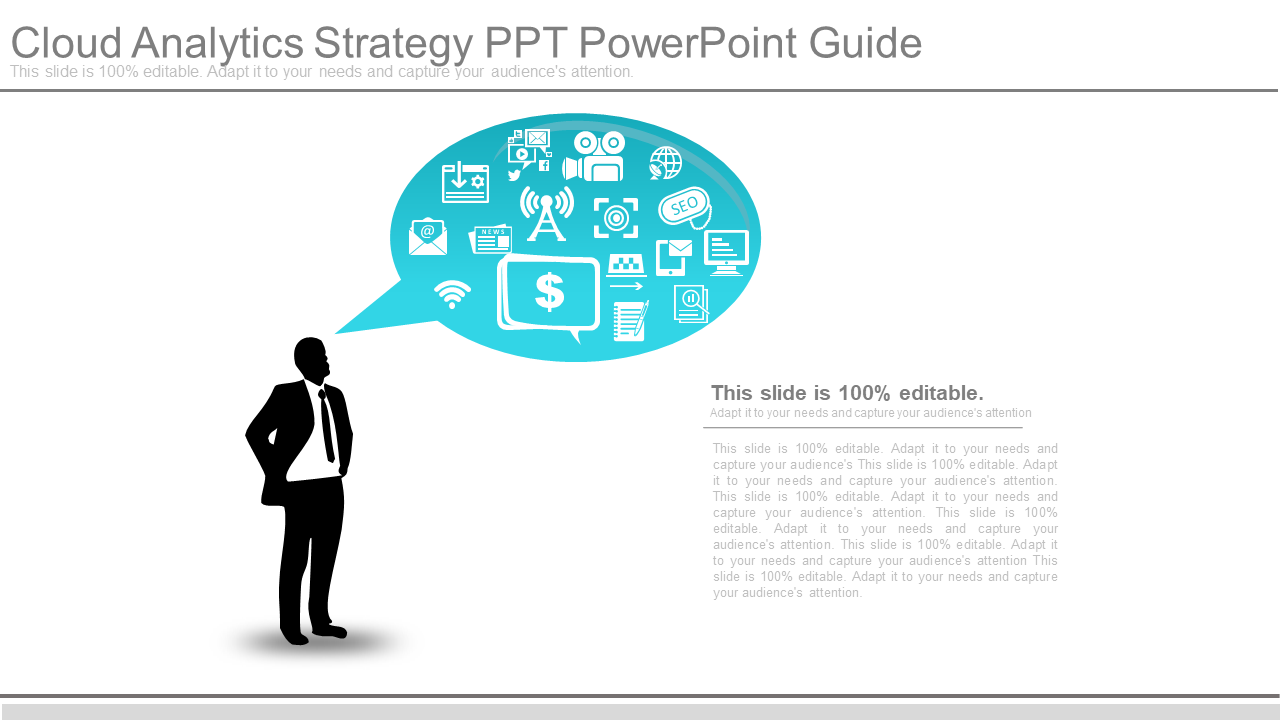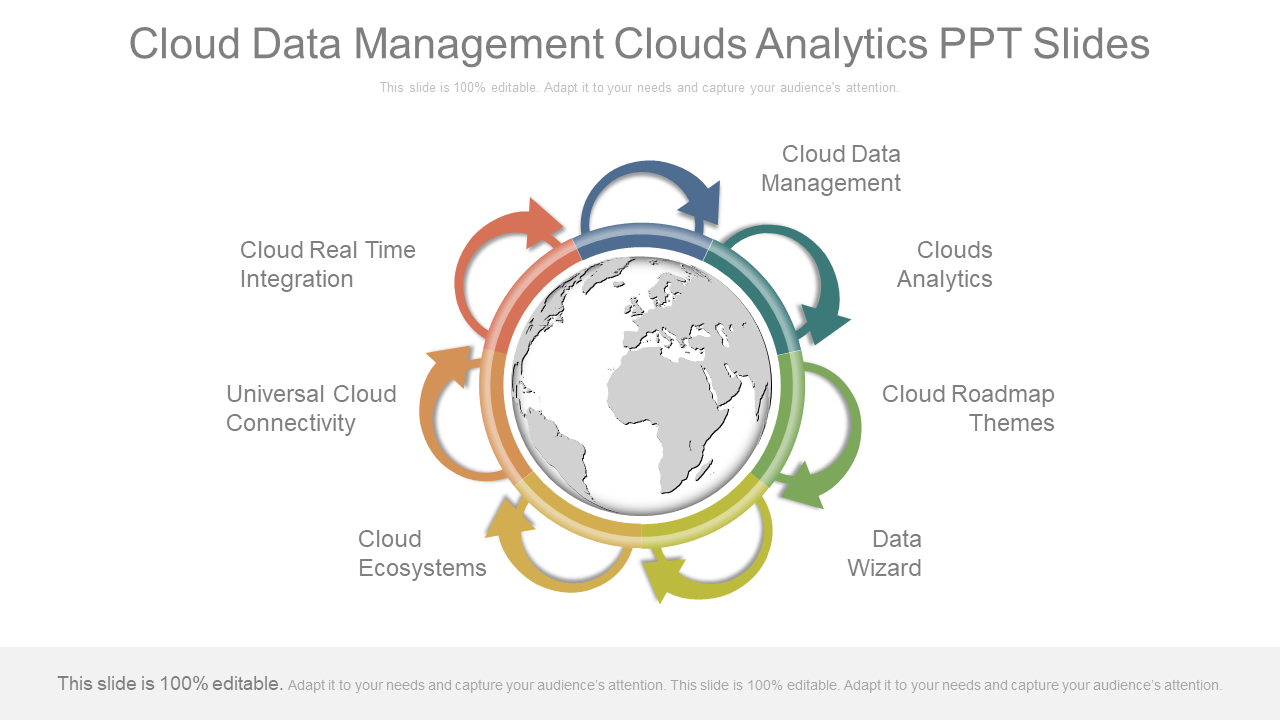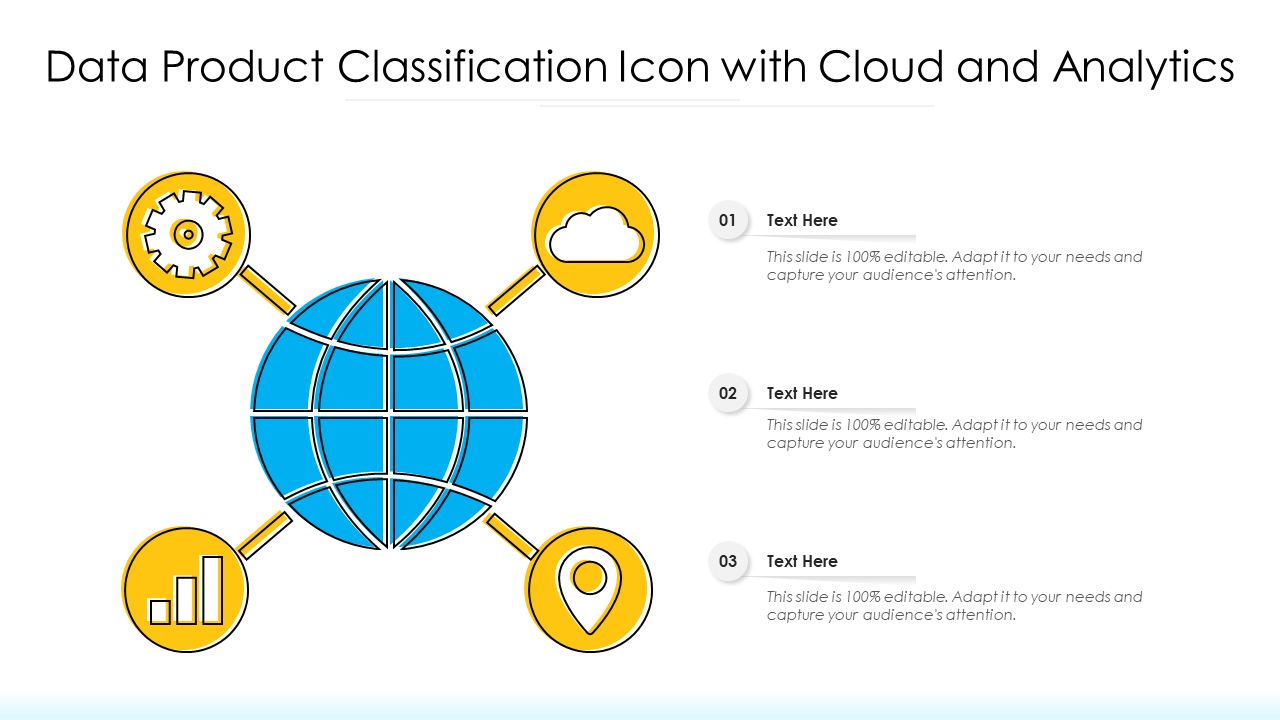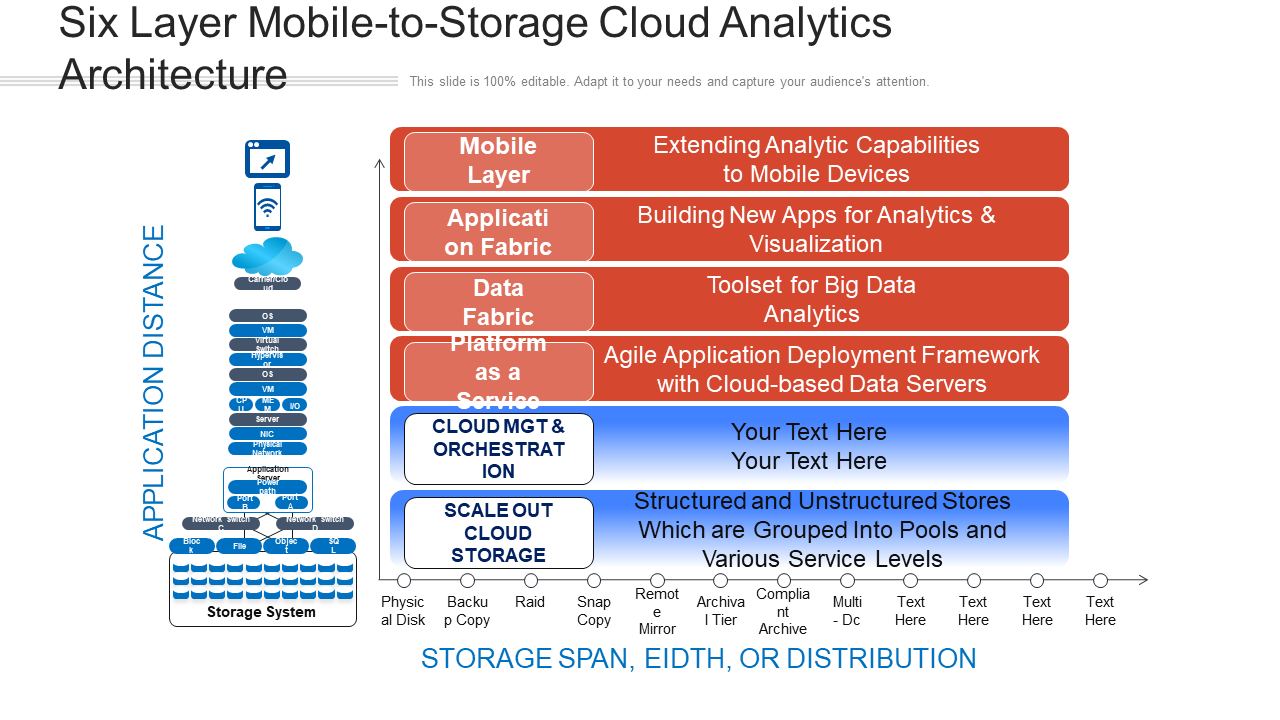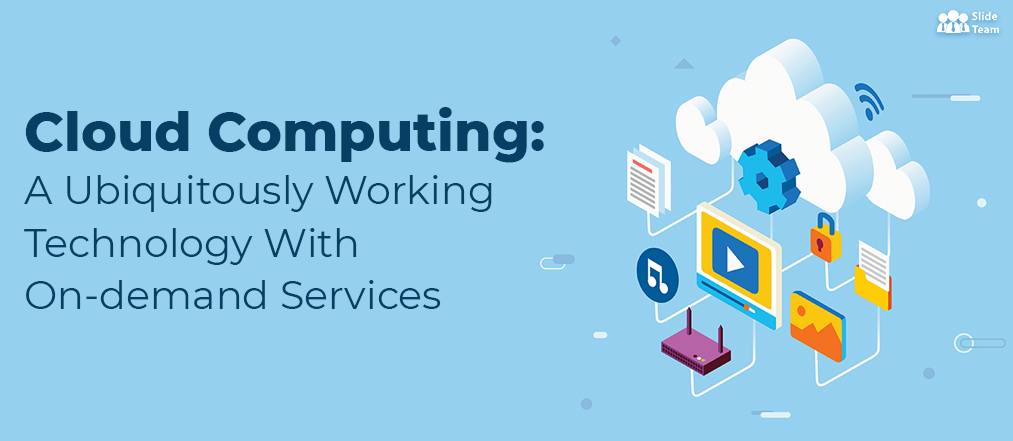The cloud has already taken a massive chunk out of the IT market. Various industries, including healthcare and MSPs, have been quick to hop on the bandwagon in hopes of leveraging its advantages.
Cloud analytics is an emerging technology that, experts say, will soon become a mainstay for businesses worldwide seeking to make better use of their data. Its applications are vast, ranging from business productivity to marketing and customer relations management (CRM).
What is Cloud Analytics?
Cloud analytics refers to the process of making sense of your data by applying advanced algorithms on top-notch cloud computing infrastructure. The technology provides real-time insights into what's happening in your business right now. For example, one significant benefit of cloud analytics is that data can be analyzed to spot trends and patterns about customer behaviour, which helps you better understand how to communicate with them through marketing campaigns effectively.
Cloud analytics contains various small but crucial aspects that you need to learn with great concentration and clarity. PPTs designed by Slide Team will help you in this as they are created specially by experts after deeply analyzing all the critical aspects. So let's get started with them.
Template 1
CIOs are increasingly turning to cloud analytics to find new opportunities, gain insights into their businesses, and create customer value. Enterprises that leverage cloud analytics can enjoy clear benefits like reduced costs, increased agility, and enhanced innovation. However, many organizations are still unclear about getting started with cloud analytics. Here's what you should know:
Key cloud analytics basics
Organizations should begin their cloud analytics journey with a clear understanding of the basic concepts and workloads, and it will help companies understand how to take advantage of their investments in technology better. The following are some common examples of cloud analytics usage:
Gathering real-time information to make data-driven decisions, such as setting up alerts or creating business queries. They provide platforms for data scientists to perform advanced analytics on large amounts of raw data. These are typically offered as Software as a Service (SaaS) solutions. Users might submit requests via email, APIs, or web forms that allow them to run advanced SQL queries against the underlying datasets. It is deploying applications that don't require custom configuration, which can be time-consuming for enterprises.
If you want to get deep and accurate knowledge about the subject, then SlideTeam's PPTs are for you. SlideTeam Cloud computing PPTs are the perfect way to learn about cloud analytics in detail. They're designed by experts and include all the information you need, so they'll help you understand how it works. Plus, each one is packed with engaging visuals that will keep your audience engaged throughout. You can even use them as a template for your presentations. So do not think much and download them in a few easy steps.
Template 2
Analytics is one of the essential business-critical disciplines for any company. A clear, well-defined analytics strategy helps teams make better decisions about data sources, tools, infrastructure, and overall requirements for business intelligence (BI), advanced analytics, and data science resources.
It's important to recognize upfront that the expected outcomes of analytics initiatives are likely different (and more complex) than the goals originally set for them. It's therefore up to the business to measure and iterate on these goals over time.
Developing an appropriate strategy for the cloud is crucial, and you need proper guidance in this process, and SlideTeam PPTs are the perfect way to get started. Our PowerPoint presentations are designed by experts who have been there and done that in data analysis, and they know exactly what will resonate with your audience because they've experienced all those same challenges themselves! And now, you can use our slides as a starting point for building out your presentation or pick up one that fits perfectly into an existing talk. No matter which option you choose, you'll save time and money while getting everyone excited about moving forward together.
Template 3
Cloud-based data management is a new field of technology development that has been enriched by the latest research results from both computer science and information technology. Cloud computing is already an integral part of many large-scale business systems allowing companies to buy on-demand services from cloud service providers for their IT needs, ranging from email to virtual machines. More recently, cloud-based data management has emerged as a new technology that allows companies to transfer some of their on-premises relational data into the cloud for storage and subsequent access through standard interfaces.
SlideTeam cloud computing ppt templates are the best PPTs for learning cloud analytics. They're designed by experts in data management and come with everything you need to get started, including an instructor guide, slides, quizzes, and more! You can even download them all at once or one by one. We have over 100+ slide decks that cover every topic imaginable. So let's get started now.
Template 4
Data products are collections of data packaged together for easy consumption by users. Data products can be simple or complex; they can aggregate disparate data sources into a single cohesive product or bring together related pieces of information (e.g., data on all the bicyclists killed in car crashes over the past couple of years). They may be produced by government agencies, private companies, or even individuals.
Governments worldwide are increasingly using data products to provide information about their countries and cities to inform citizens' decision-making. This trend is accompanied by increased demand for tools that make it easy for users to interact with government product catalogues. Data product catalogues aim to promote reuse by making products easy for potential users to find and understand.
Data product classification is a complex process that requires understanding the business, technology, and analytics involved. It's not easy for anyone outside of these three areas to understand what makes a good data product or how it can be improved. SlideTeam has created templates that simplify this process by breaking down the steps into simple slides with clear instructions on what information needs to be included in each section. We've also added examples from actual companies so you can see exactly what they did right and wrong when creating their data products. Click here now for access.
Template 5
As data growth continues to skyrocket, cloud analytics is becoming an inevitable structure for database storage and analysis. With each layer building on top of what came before it, there are now six layers in the cloud analytics stack that need to be considered when planning a new system or migrating an old one.
Cloud Analytics Software as a Service (SaaS)
Cloud analytics software as a service (SaaS) is the foundation of cloud analytics. SMBs typically use SaaS systems to make their data work for them, regardless of volume or location. These tools include dashboards and BI apps that allow users to run reports on top of their data in an ad-hoc fashion.
Application integration
Companies have to integrate their existing systems with cloud analytics tools that can handle structured and unstructured data to go beyond simple reporting. Large enterprises typically use these applications, allowing them to bring all of their data together in one system for analysis. This way, they aren't stuck sifting through multiple databases or using various tools for one project.
Data management platform (DMP)
For companies that have significant amounts of data, it can be challenging to manage all this information in one place without the help of a DMP. DMPs are used by large enterprises and analytics providers alike to consolidate complex data sets to simplify reporting and automate processes.
Business intelligence (BI)
Cloud analytics suites can give companies access to self-service BI tools that remove the need for expensive software licenses and bring advanced analytics to a broader user base. These tools allow users to ask questions about their data while reducing IT overhead by leveraging existing cloud infrastructure.
Advanced analytics
As more data is gathered, the value of this data is increased exponentially. Cloud analytics tools can now leverage advanced analytics to gain even deeper insights into an organization's data, unlocking the ability to find hidden patterns and relationships that weren't visible before.
Data visualization
Data visualization tools allow users to translate information into infographics or other forms of human-readable data for easier consumption. This type of cloud analytics tool is typically used by SMBs and departments, while DMPs and BI tools are usually reserved for large enterprises.
With our data visualization ppt, you can easily understand how six layers of storage work together for your company. You will be able to see what each layer does and why they are essential for your business so you can make better decisions when storing your data in the cloud. We have made this easy for you by creating these slides with simple explanations and visuals that anyone can understand. Click here now to download.
Conclusion
Cloud analytics is the future of data management. By 2022, it is predicted that 94 per cent of businesses will be using cloud-based analytics to make better use of their data. That’s why we’ve made a range of cloud analytics PowerPoint templates available for you to download now. With our resources, you can learn everything you need to know about this emerging technology and how it can benefit your business. So what are you waiting for? Start exploring the potential of cloud analytics today.


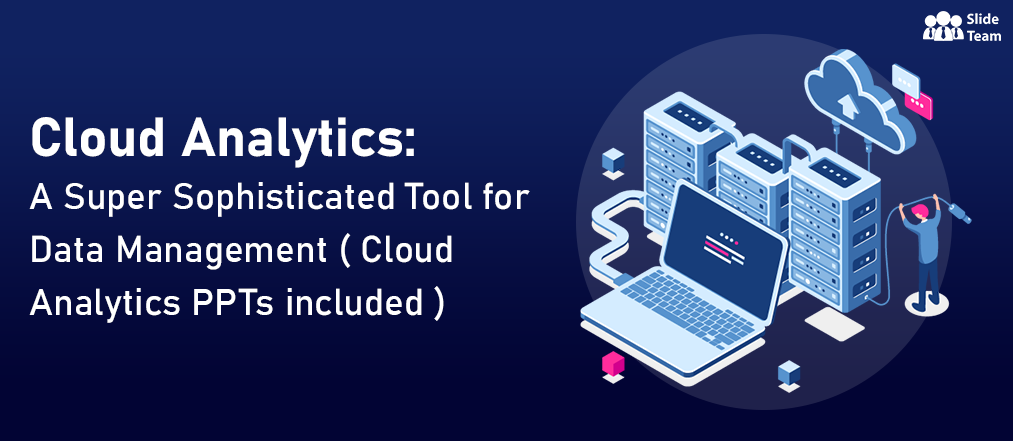


 Customer Reviews
Customer Reviews

